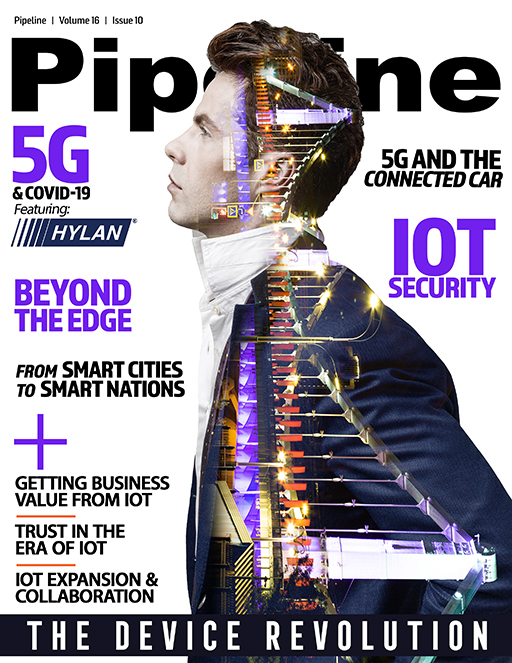From Smart Cities To Smart Nations
Generation 3
This stage represents the evolution to user-based interaction from service-based interaction—from tasks to goal-based actions. There is automated orchestration for optimization and security. Seamless interaction is available from a personalized portal that integrates public and private entities to provide citizens with a single view of their data and interaction with the community. City infrastructures are highly secure and efficient. For instance, a citizen could subscribe to a street parking scheme that allows them to pay the meter over the phone. With new technology, they would be directed to the street parking space the app has reserved. Payment is automatic. In another scenario, early and effective monitoring of epidemics is available based on traffic flow.
Generation 4
The final maturity stage is marked by the emergence of Smart Nations. Orchestration and automation are happening on a national scale. National infrastructure is highly secure and efficient. Regardless of where a citizen lives, definitions and interactions are common and constant. For example, if one travels from Adelaide to Melbourne, he or she will have a single interface with the whole of local, regional and national infrastructures. This user-based action model represents the rise of citizen services rather than consumed services.
Early on there has been a lot of concern about privacy. This concern is justified. Initially, the concern focused on government surveillance. As the use of data by the superscalers has become better understood, privacy concerns have broadened. Google and Toronto started on a Smart City project only to be faced with strong resistance based on public concerns about privacy (this also represents one of the telco industry’s strengths).
Although privacy concerns are at forefront now, cybersecurity will be seen as of equal or greater importance. It is a critical failure point. There are many new bad actors out there and cybersecurity is a key to preventing a major failure. Beyond just a Smart City being compromised, an entire Smart Nation could be held hostage. The view from Israel is particularly interesting in this regard: "Smart sensors and other IoT devices can dramatically boost the efficiency and effectiveness of city services—but they also increase the attack surface and risk. In fact, Gartner predicts that CIOs and CISOs will soon be securing three times the number of endpoints compared to just a few years ago. And unlike desktops and servers, IoT devices don't support agents—making them unmanaged, unpatched, and invisible to IT teams. Ransomware and targeted attacks can lead to disruption of crucial city services and infrastructure, potentially leading to safety incidents and collapse of vital social and economic systems. As a result, Smart City deployments should always be accompanied by IoT security strategies incorporating agentless, network-layer security to provide continuous IoT asset management, risk and vulnerability management, and threat monitoring."Omer Schneider, former national intelligence officer and CEO,CyberX.
Thought leaders are recognizing the serious potential threats that come from increasing the attack surface with Smart City technology. So, it is becoming recognized that in addition to commercial security, nations’ security and intelligence organizations need to extend their leadership role. Australian has been a leader in this: “In 2018 the Australian Government implemented the Security of Critical Infrastructure Act that seeks to manage the complex and evolving national security risks of sabotage, espionage and coercion posed by foreign involvement in Australia's critical infrastructure. Australia has defined critical infrastructure as: Those physical facilities, supply chains, information technologies and communication networks which, if destroyed, degraded or rendered unavailable for an extended period, would significantly impact the social or economic wellbeing of the nation or affect Australia’s ability to conduct national defense and ensure national security. The Act ensures that the Australian Government has access to information necessary to conduct risk assessments and the power to enforce mitigations if they are not implemented through collaboration with the critical infrastructure owners.” Sean Hugo, Assistant Secretary, DCISO, Cyber Risk Services, Technology and Major Capability, Department of Home, Affairs Commonwealth of Australia.
The Smart City technology may also have effects on individual attack surfaces. Data about what individuals are doing where and when can be used by criminals. Thus, protecting the infrastructure is necessary but not sufficient. Individuals must be protected as well. Diana Neuman, Executive Director of Bace Cybersecurity Institute, notes that, “The evolution of networks followed similar patterns and security and privacy was added too late to be integrated into the framework, costing 30 years and billions of dollars trying to patch solutions for individual risks.”



















